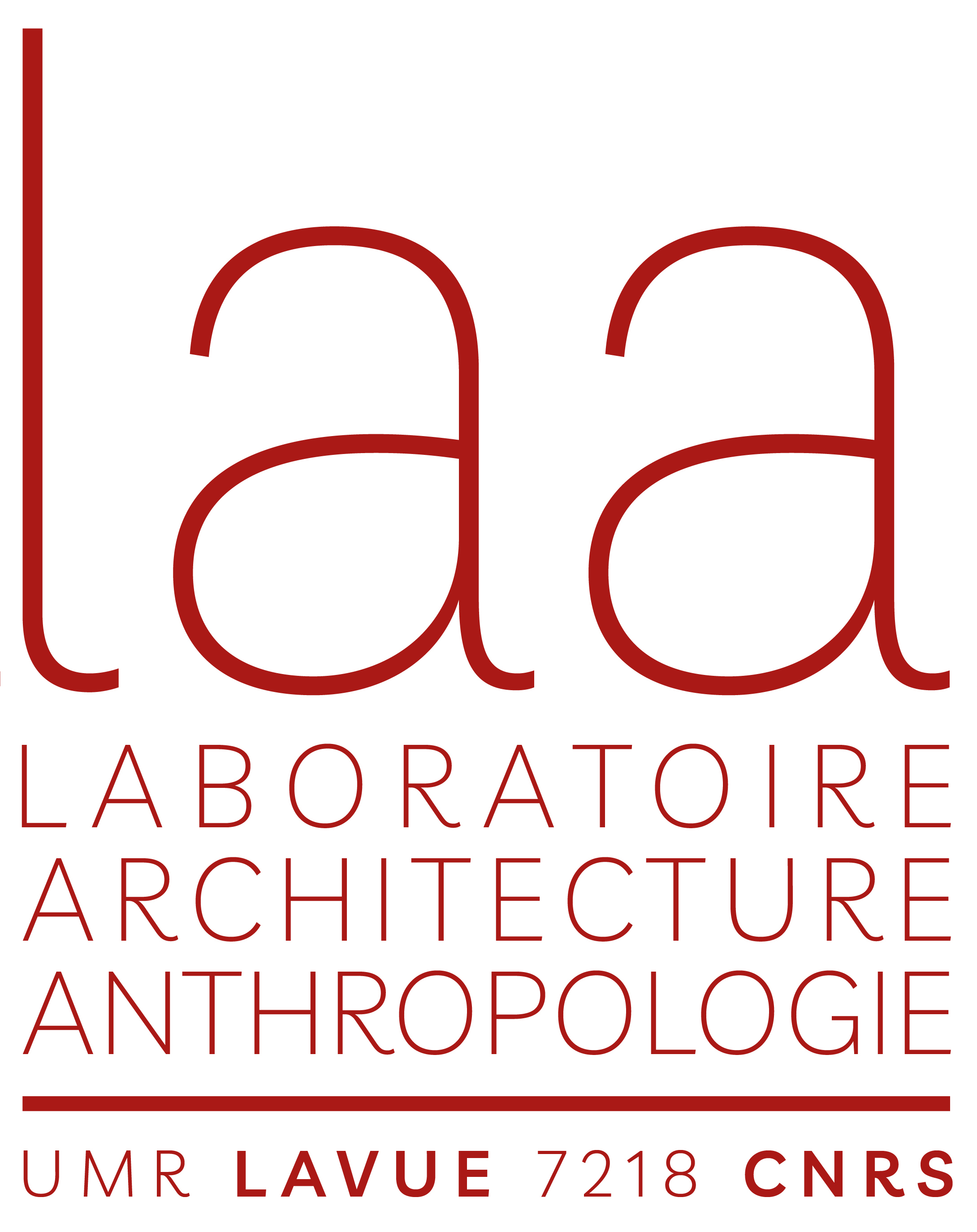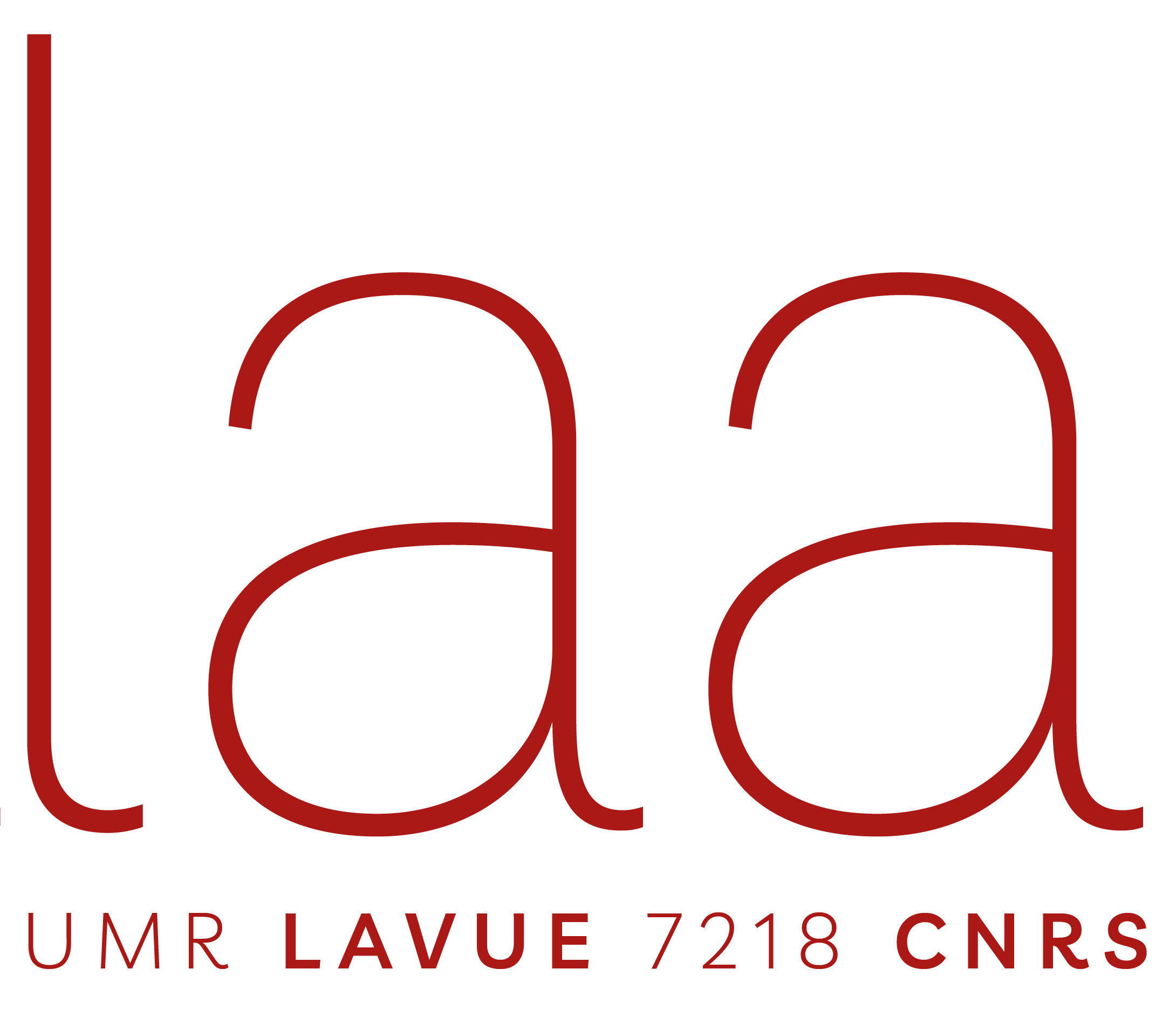An approach, often is a groping route, where looking for the method and the object at the same time. LAA is characterised and interested by an approach rather than objects of research. To choose and to experiment ways of working on research objects, building the way to grasp them is our purpose, without putting a discipline forward or having a priori method. Field experience (beyond the geographical boundaries), confronting with its materiality, people living it, its actors is a prerequisite to all researches.
Our way of doing research is driven by six elements : time, the articulation of spatial and temporal scales, narratives, imagination, questioning acquired notions and categories and representing and restoring researches.
Understand the temporal dimension of a territory
Working on time as we develop it, means to question the linearity of the history that would like to have a past that definitely ended, a fleeting present and a future that is not yet. It means to examine it in order to understand how in the practice, the inhabitants’ same as the researchers’ one, the “field of experience” and “horizon of expectation” are continually interwoven to build what is called the "present." Articulating time becomes a means to understand urban transformations. How their timeframes are designed, experienced and metabolized (produced) by the territorial actors and inhabitants ? Working the time-related dimension allows the daily timings “small scale” to dialogue with the “large scale” of spatial and temporal horizons of change. Thus it allows another way of narrating and experiencing a territory (the space) to become visible, more complex and often unexpected .
Joining the spatial and temporal scales
The knowledge that we may have in regards to a situation varies according to the scale at which it is observed. The phenomena that coexist or are involved in its construction have shapes, paths and logic that occur in different dimensions and scales in the architectural, urban as in landscape project. In this sense, the project, with its temporal patterns and timeframes involved in configuring it, can also be used as a tool for understanding and investigating urban realities. To explore a territory in transformation implies understanding the relation between different phenomena, practices and narratives through the tension between different spatial and temporal scales that compose it.
Converging different forms of narratives
We try to better understand the processes of urban transformation by paying particular attention to the links between the stories that emerge from the field, and the consolidated institutional discourses found in texts and images, of which the urban projects are a part. These narratives are not flatus vocis, but contribute to “build” social and architected space in the same way as the working materials in the construction site.
It’s a matter of implementing a reconciliation of different forms of narratives, stories and discourses, which allows to “put the territory in transformation narrative at the present tense”, in a given moment in history.
Working on the tensions between “facts” and “fictions”
In order to capture a territory in transformation, it seems necessary to consider the tension between “facts” and “fictions”. To understand and analyse the role of images and imageries is required, what they do, not just what they symbolize. Nowadays, as in the past, they influence our way of conceiving the space and intervening on it, how we watch and represent a landscape. It is a matter of becoming sensitive to differences and similarities between the way we imagine, desire and deplore the world and the way of living, portraying and projecting it, individually or collectively.
Replacing the look, exploring the differences
Field experience teaches us the importance and the need to question and re-examine concepts and categories often given for granted and "normalized" by the disciplinary practices. Exploring the differences of meaning and paradoxes that may emerge, allows us, and sometimes imposes us, to rediscover a territory, and to find another way to identify our investigated fields. Questioning them concede to realize what is “new”, what is in the making.
New concepts and categories appear by working on the field through the articulation of narratives and discourses, making understand what these differences are made of and what sense they transmit on/for a given territory.
“Making a research present”
Thinking about how to render both our field data and our reflexions is a pivotal part of our research process. Whether the form is never severed from its contents, and if theory and empiricism are not two separate worlds, then it is necessary for us to experience practical ways and forms to deliver a research. At the same level, “representing” a research, literally means trying to “make it present” to others so that it can be understood and endorsed by all stakeholders. It a matter of challenging our own tools rendering tools in order to deploy their potential : a small cleat , the one consistent with the research itself, able to provide its contribution to transform our world.
This reflection on the form as a central part of the research is devoted to develop a critical approach without evading the attempt to get involved in creating, at the same time, an alternative and rational production of the image of the city.

